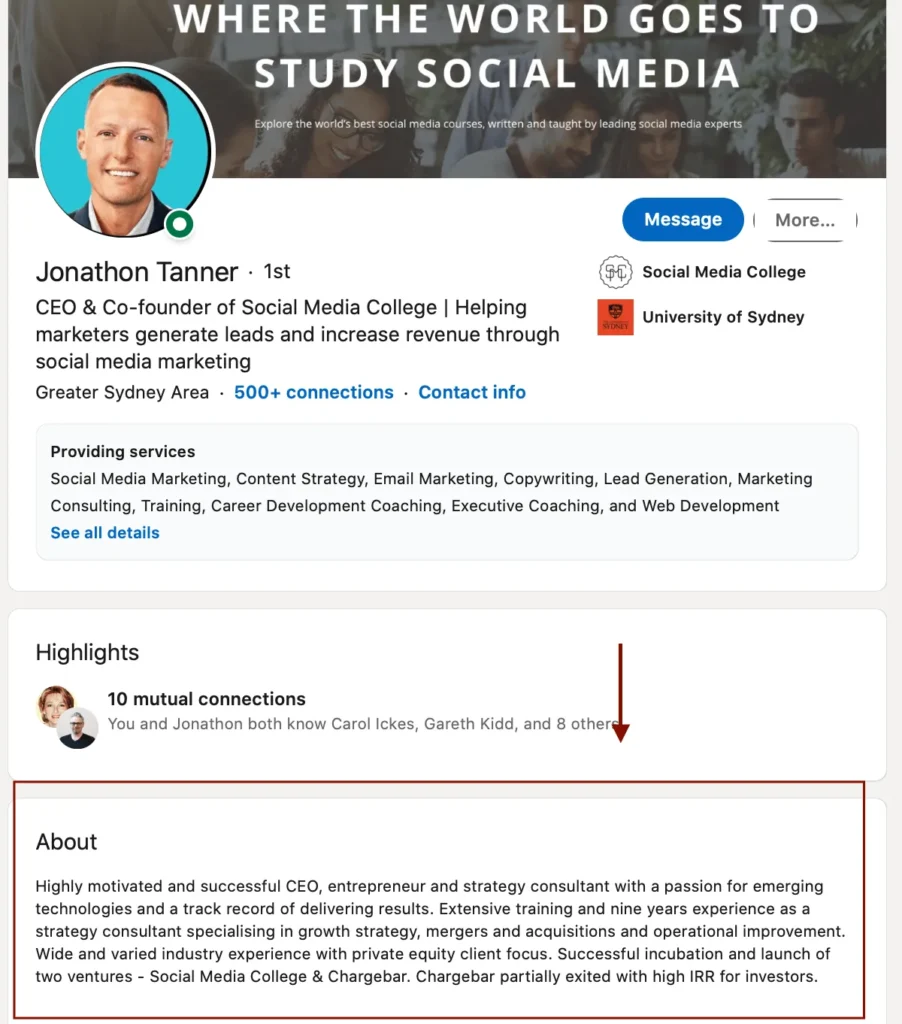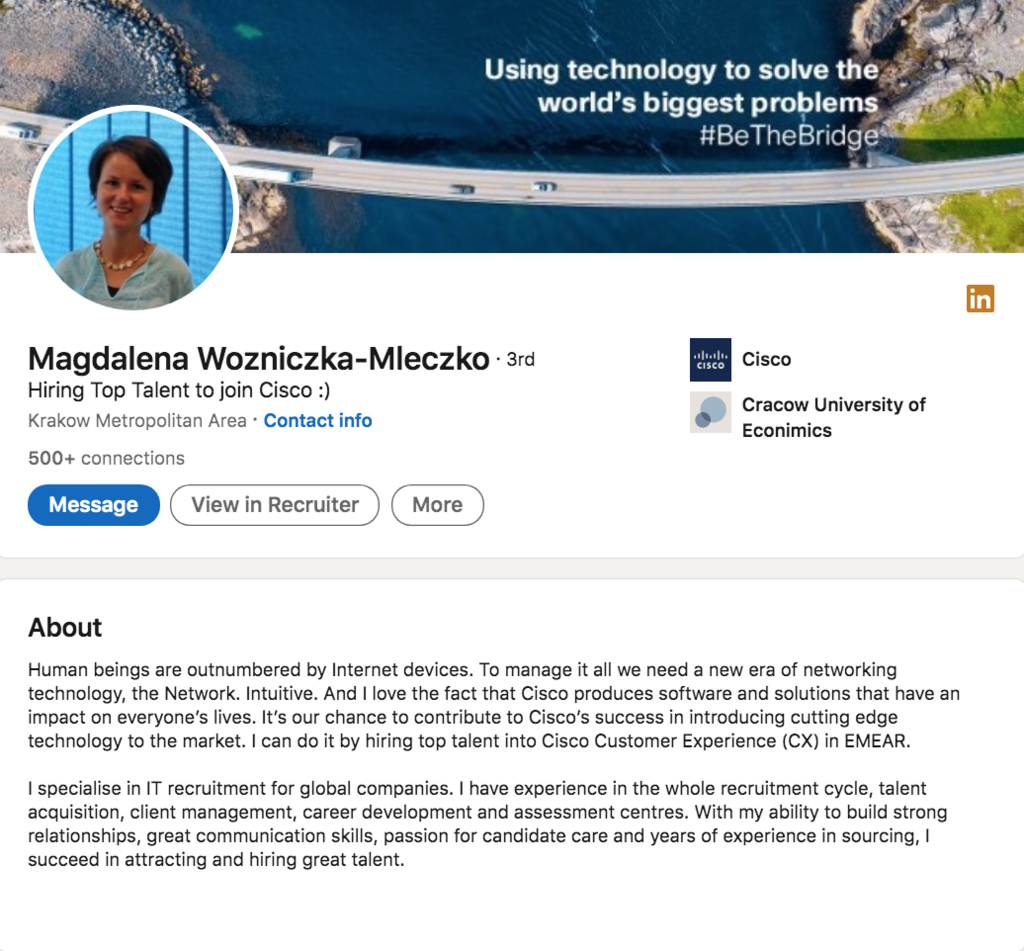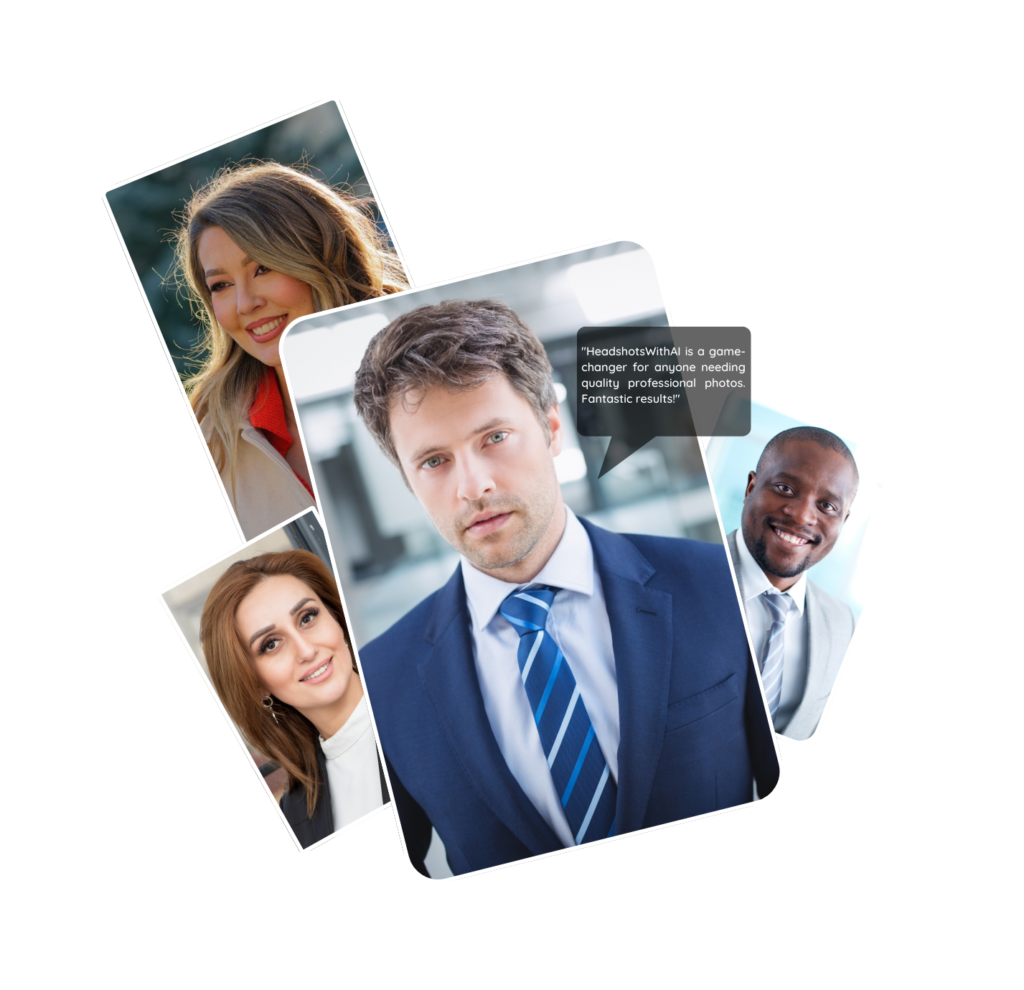A powerful LinkedIn profile can be the key to advancing your career, building a strong network, and attracting the right opportunities. LinkedIn is more than just a digital resume; it’s a personal branding tool that can help you stand out in a competitive job market. Whether you’re looking for a new job, aiming to expand your professional network, or wanting to establish yourself as an industry expert, optimizing your LinkedIn profile is crucial. In this guide, we’ll walk you through the steps to create a LinkedIn profile that makes a lasting impression.
Why a Powerful LinkedIn Profile Matters
LinkedIn is the world’s largest professional networking platform, with over 900 million users globally. Recruiters, potential clients, and business partners often search LinkedIn profiles to learn more about candidates and potential collaborators. A strong LinkedIn profile enhances your professional credibility, improves your visibility, and increases your chances of landing new opportunities.
LinkedIn profiles that are complete and optimized are more likely to appear in search results, get profile views, and attract engagement. This makes it crucial to carefully craft your profile so it represents you at your best.
Crafting a Compelling Headline
Your LinkedIn headline is the first thing people notice when they visit your profile. It appears below your name and acts as your digital elevator pitch. Many people use their job titles as their headline, but to create a more powerful profile, you should go beyond just listing your role.
A good headline communicates not just what you do, but also the value you bring to the table. For example, instead of saying “Marketing Manager,” try “Marketing Manager | Expert in Data-Driven Campaigns | Boosting Engagement Through Innovative Strategies.” This approach highlights your expertise and impact, making you stand out from the crowd.
Choosing the Right Profile Photo
Your profile photo is one of the most important aspects of your LinkedIn profile, as it provides the first impression. According to LinkedIn statistics, profiles with professional headshots get 21 times more profile views and 36 times more messages.
If you want to project professionalism and credibility, your profile picture should be high quality and industry-appropriate. Avoid casual selfies or overly filtered images. If you don’t have access to a professional photographer, AI-powered tools like HeadshotswithAI can help you create a polished, professional-grade photo that aligns with your personal brand.
Writing a Strong LinkedIn Summary
Your LinkedIn summary is the place to tell your professional story. It’s an opportunity to showcase your career, skills, and what you’re passionate about. A strong summary should be engaging, authentic, and focus on your achievements and goals.

Start with an attention-grabbing opening that highlights your core expertise or what drives you professionally. Then, outline your career background, notable accomplishments, and the value you bring to potential employers or collaborators. If possible, quantify your achievements to show measurable impact (e.g., “Increased sales by 35% in 6 months by implementing a new digital marketing strategy”). End with a clear call to action, such as encouraging people to connect with you for specific opportunities or collaborations.
Example:
“As a seasoned digital marketing professional with over 8 years of experience, I specialize in developing data-driven strategies that drive engagement and sales growth. I’ve successfully led teams and implemented campaigns that have resulted in a 40% increase in conversion rates for global brands. I’m passionate about helping businesses thrive in the digital landscape and am always open to new opportunities and connections in the marketing field.”
Optimizing the Experience Section
Your work experience should go beyond listing your job titles and employers. To make this section powerful, focus on providing detailed descriptions of your roles, responsibilities, and most importantly, your accomplishments.
For each position, write a brief description of your main responsibilities, followed by a few bullet points that highlight your key achievements. Use metrics whenever possible to showcase the impact of your work, such as “Led a team of 10 to boost website traffic by 50% through SEO and content marketing strategies.” This format not only makes your experience easy to read but also demonstrates the value you bring.
Highlighting Skills and Endorsements
The Skills section on LinkedIn is a powerful way to showcase your expertise. Make sure to list the most relevant skills that align with your career goals. These could include technical skills (like proficiency in specific software) or soft skills (like leadership and communication).
You can prioritize the top three skills you want to be most visible on your profile. To boost your credibility, ask colleagues or peers to endorse your skills. The more endorsements you have, the more likely recruiters will trust that you truly excel in those areas.
Getting Recommendations
Recommendations are one of the most underused but valuable features on LinkedIn. A recommendation is a written endorsement from someone you’ve worked with, such as a manager, colleague, or client. It serves as a public testimonial of your skills and work ethic.
To get recommendations, reach out to people in your network who can speak to your abilities and achievements. A good recommendation should mention specific projects, highlight your strengths, and provide insight into how you contribute to your team or organization.
Offering to write recommendations for others in return can also increase the likelihood of receiving one.
Adding Certifications and Courses
LinkedIn allows you to showcase certifications, online courses, and training in the Licenses & Certifications section. This is a great way to demonstrate your commitment to professional development. Whether you’ve completed a certification in project management, data science, or marketing, adding it to your profile shows that you are proactive about improving your skills.
Certifications from platforms like Coursera, LinkedIn Learning, or industry-recognized institutions can add credibility to your profile and make you more attractive to potential employers.
Showcasing Projects and Accomplishments
One way to make your LinkedIn profile stand out is by highlighting your projects, case studies, or portfolio work. This is particularly useful for professionals in creative fields, like design, writing, or software development, where examples of your work can demonstrate your capabilities.
You can use the Featured section on LinkedIn to showcase articles, presentations, websites, or projects that you’ve worked on. This section adds a visual element to your profile, making it more interactive and engaging for those who visit.
Engaging with Content and Building Your Network
A powerful LinkedIn profile is not just about static content—it’s also about being active on the platform. Engage with posts, comment on industry news, and share valuable insights. By contributing to discussions and sharing your expertise, you position yourself as a thought leader in your field.
Additionally, make an effort to grow your network by connecting with colleagues, industry leaders, and professionals you admire. Personalize your connection requests by explaining why you’d like to connect. This thoughtful approach can lead to meaningful relationships and new opportunities.
Customizing Your LinkedIn URL
A simple yet effective way to enhance your LinkedIn profile is by customizing your URL. LinkedIn automatically assigns a URL that includes random numbers and letters, but you can change this to include your name or a professional keyword (e.g., “linkedin.com/in/yourname”).
A customized URL looks more professional and is easier to share on business cards, resumes, or email signatures. It also makes it easier for others to find you when searching for your name.
Keeping Your Profile Updated
Your LinkedIn profile should evolve as your career progresses. Regularly update your profile with new accomplishments, skills, and experiences. If you’ve completed a major project, received a promotion, or gained a new certification, add it to your profile to keep it current.
A fresh, updated profile reflects your ongoing professional development and ensures that your latest accomplishments are visible to anyone viewing your profile.
Common Mistakes to Avoid on LinkedIn
- Using an unprofessional photo: Always use a high-quality, professional-looking photo. If you don’t have access to a photographer, HeadshotswithAI can provide a professional-looking headshot using AI.
- Buzzword overload: Avoid overused terms like “team player,” “hard-working,” or “motivated.” Instead, focus on concrete accomplishments that demonstrate those qualities.
- Incomplete profile: A half-finished profile sends the wrong message. Take the time to fill out every section, including your education, certifications, and skills.
- Lack of engagement: LinkedIn isn’t just a resume; it’s a social platform. Engage with content, share your thoughts, and build relationships.
How AI Tools Like HeadshotswithAI Can Improve Your LinkedIn Profile
Your profile photo plays a major role in shaping first impressions. Many people struggle with finding the right headshot, especially if they lack access to a professional photographer. AI tools like HeadshotswithAI can help by generating high-quality, polished headshots that suit your professional image. These AI-generated photos look natural and professional, making it easier for you to put your best foot forward on LinkedIn without the hassle or cost of traditional photography.

Conclusion: Creating a Powerful LinkedIn Profile
Building a powerful LinkedIn profile takes time, but the benefits are worth the effort. From crafting an engaging headline and summary to showcasing your skills and projects, every element of your profile should work together to tell your professional story. By using tools like HeadshotswithAI, engaging with content, and keeping your profile updated, you can create a LinkedIn presence that attracts the right opportunities and helps you advance in your career.
Frequently Asked Questions
- What should I include in my LinkedIn headline? Your headline should include your current role, expertise, and a unique value proposition that sets you apart.
- How often should I update my LinkedIn profile? You should update your profile regularly, especially after major career milestones like promotions, new certifications, or completed projects.
- Why is a professional photo important for LinkedIn? A professional photo helps create a positive first impression and can significantly boost your profile views and engagement.
- What is the benefit of getting recommendations on LinkedIn? Recommendations serve as testimonials that add credibility to your profile and provide social proof of your skills and work ethic.
- How can I use LinkedIn to build my professional network? Engage with posts, join relevant groups, and connect with industry professionals. Personalized connection requests can help you build meaningful relationships.
- How can AI tools like HeadshotswithAI improve my LinkedIn profile? AI tools can generate professional headshots without the need for expensive photo shoots, giving your LinkedIn profile a polished, professional look.
Othman Naimi is a tech enthusiast and imaging expert specializing in AI-driven headshot solutions. With a background in computer science and a passion for innovation, Othman leverages advanced technology to create impactful, professional portraits. His articles on Headshotswithai.com offer valuable insights and practical tips for enhancing your visual presence.


